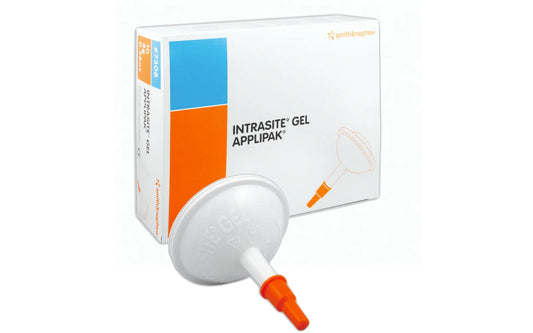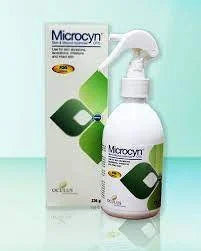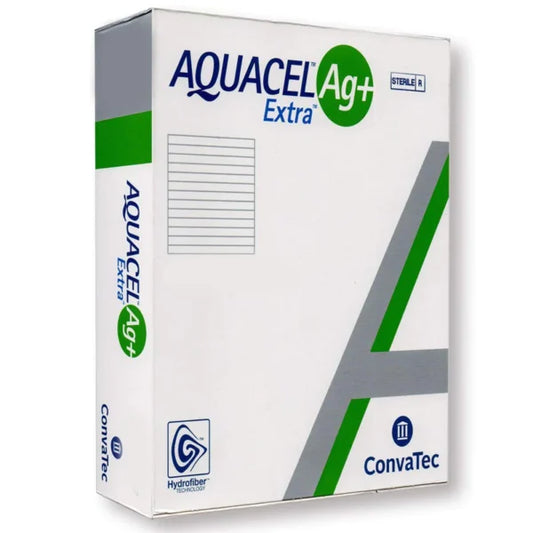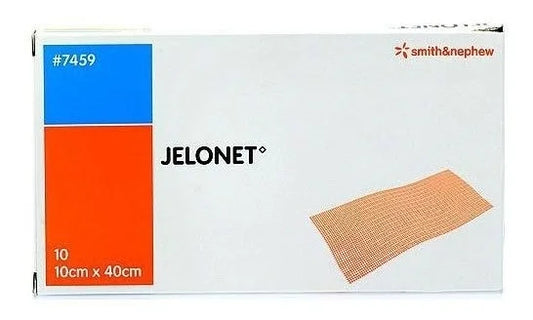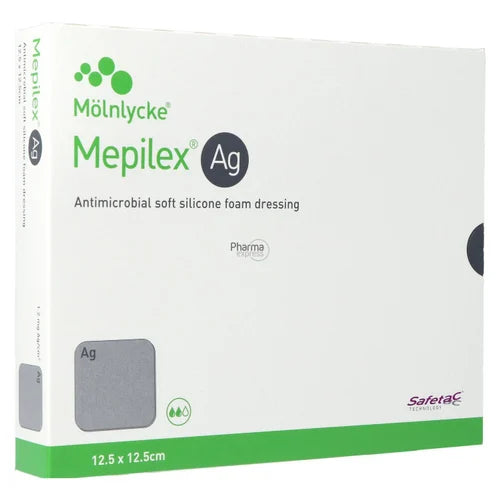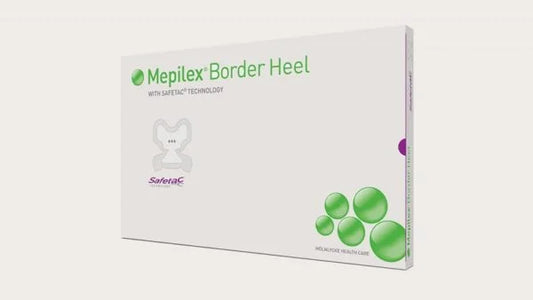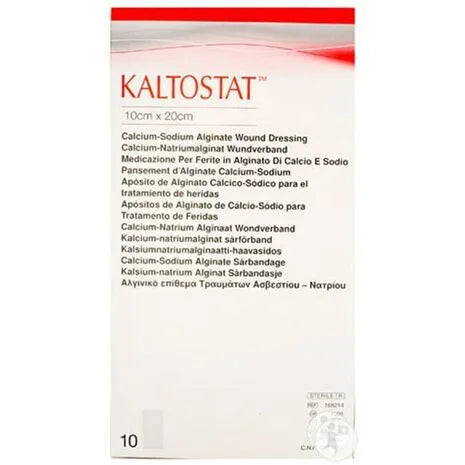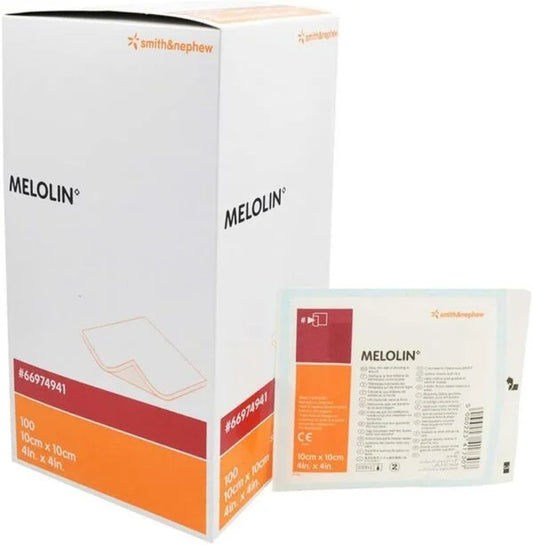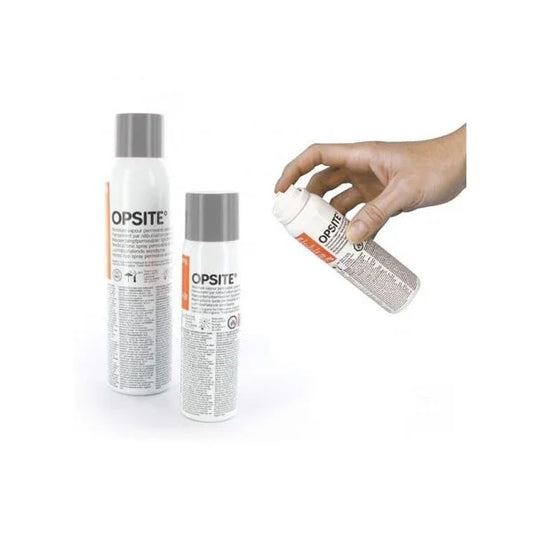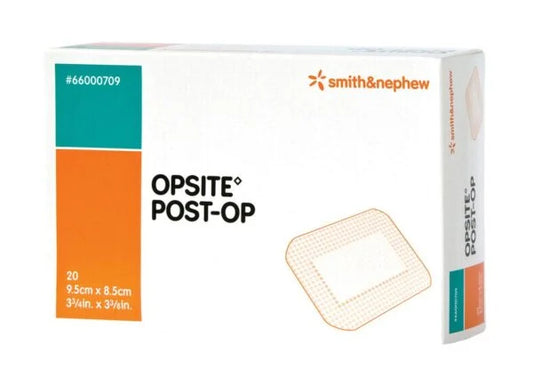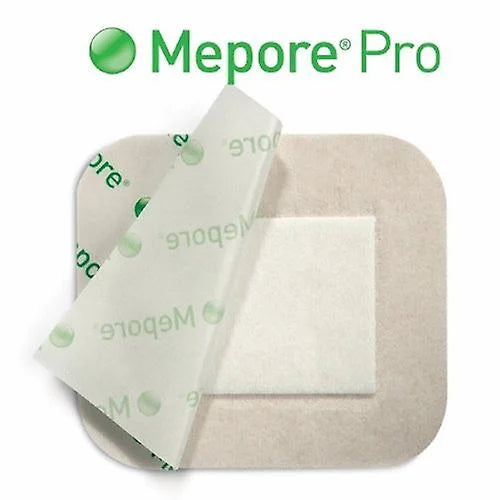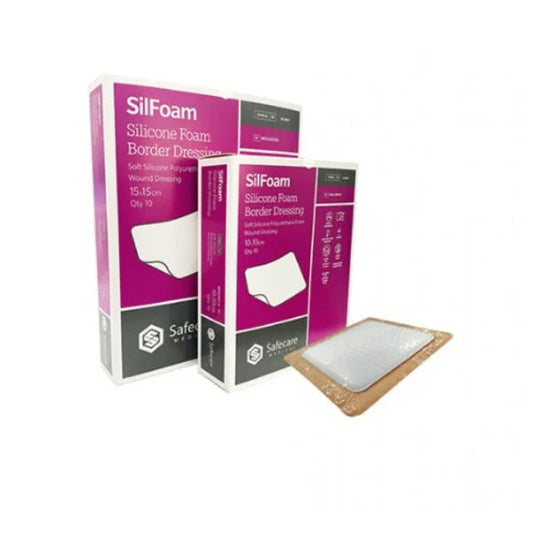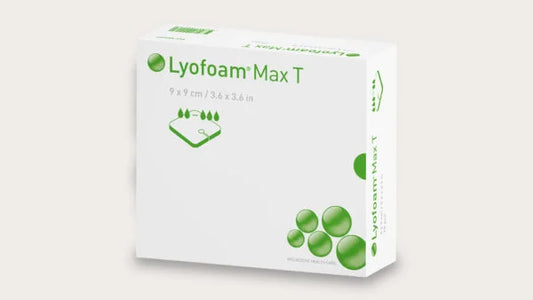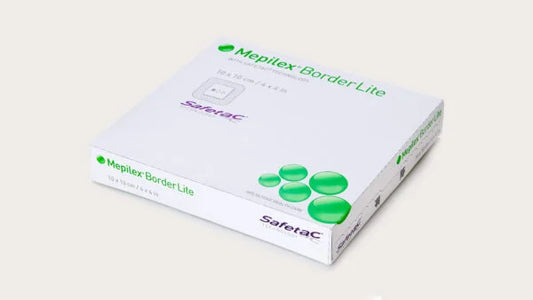-
Intrasite Gel Hydrogel Wound Dressing - Pack of 10
Regular price Dhs. 200.00 AEDRegular priceUnit price / per -
Microsafe Microcyn Wound & Burn Hydrogel
Regular price Dhs. 160.00 AEDRegular priceUnit price / per -
Convatec Aquacel Ag+ Extra Dressings
Regular price From Dhs. 250.00 AEDRegular priceUnit price / per -
Jelonet Paraffin Gauze Dressing
Regular price From Dhs. 40.00 AEDRegular priceUnit price / per -
DuoDERM Extra Thin Dressing
Regular price From Dhs. 130.00 AEDRegular priceUnit price / per -
DuoDERM CGF Sterile Dressing
Regular price From Dhs. 250.00 AEDRegular priceUnit price / per -
MOLNLYCKE Mepilex Ag
Regular price From Dhs. 550.00 AEDRegular priceUnit price / per -
Mepilex Border Heel
Regular price Dhs. 1,550.00 AEDRegular priceUnit price / per -
KALTOSTAT Calcium Sodium Alginate Wound Dressing Sterile
Regular price From Dhs. 175.00 AEDRegular priceUnit price / per -
MELOLIN Low Adherent Absorbent Wound Dressing
Regular price Dhs. 300.00 AEDRegular priceUnit price / per -
OPSITE SPRAY
Regular price Dhs. 90.00 AEDRegular priceUnit price / per -
OPSITE POST OP Transparent Waterproof Dressings
Regular price From Dhs. 85.00 AEDRegular priceUnit price / per -
Mepore Pro
Regular price From Dhs. 100.00 AEDRegular priceUnit price / per -
Silfoam Silfoam Border Dressing
Regular price From Dhs. 270.00 AEDRegular priceUnit price / per -
Lyofoam Max T
Regular price Dhs. 350.00 AEDRegular priceUnit price / per -
MOLNLYCKE Mepilex Border Lite
Regular price From Dhs. 300.00 AEDRegular priceUnit price / per
Collection: Wound dressing
Wound Dressing: Essential Guide for Optimal Healing
Welcome to our comprehensive guide on wound dressing, designed to provide you with all the necessary information for optimal wound care and healing. Whether you’re dealing with minor cuts, abrasions, or more serious injuries, choosing the right wound dressing is crucial for a speedy recovery and to prevent complications. This guide covers everything from understanding the different types of wound dressings to practical advice on their application and maintenance.
1. The Importance of Wound Dressing
Wound dressings play a critical role in wound care by protecting the wound from external contaminants, promoting a moist healing environment, and facilitating the healing process. This section will explain the significance of wound dressings and how they contribute to effective wound management.
2. Types of Wound Dressings
There are various types of wound dressings available, each designed to cater to specific needs and wound types. We will explore different kinds of dressings, including gauze, foam, hydrocolloid, alginate, and antimicrobial dressings. Understanding the unique properties and applications of each type will help you select the most appropriate dressing for your wound care needs.
3. How Wound Dressings Work
Ever wondered how wound dressings operate? This section delves into the mechanisms behind different wound dressings, detailing how they protect the wound, manage exudate, and promote healing. We will discuss the materials and technologies used in wound dressings, providing a clear understanding of their effectiveness.
4. Best Practices for Using Wound Dressings
Proper usage of wound dressings is crucial for their effectiveness. We provide an extensive list of best practices, including the correct application, changing frequency, and disposal of wound dressings. We also highlight the importance of proper wound cleaning and preparation before applying dressings to ensure maximum protection and healing.
5. Signs of Wound Dressing Complications
While wound dressings are generally safe and beneficial, complications can occasionally arise. We will discuss the signs of potential issues, such as allergic reactions, infection, or improper adhesion, and provide guidelines on how to address them. This section aims to ensure that you can identify and respond to any problems promptly.
6. Specialized Wound Dressings
Certain wounds, such as chronic wounds or those associated with specific medical conditions, may require specialized dressings. This article focuses on dressings designed for pressure ulcers, diabetic ulcers, and other complex wounds, emphasizing the importance of tailored wound care solutions for different scenarios.
7. Preventing Wound Contamination
Prevention is always better than cure. In this section, we offer practical tips and strategies to minimize the risk of wound contamination. From maintaining a clean environment to using protective barriers, these measures will help you prevent potential wound complications.
8. Wound Dressing Products and Innovations
The wound care industry is constantly evolving, with new and improved wound dressing products being introduced regularly. We will explore some of the latest innovations and popular wound dressing options, helping you stay informed about the best products available for effective wound care

